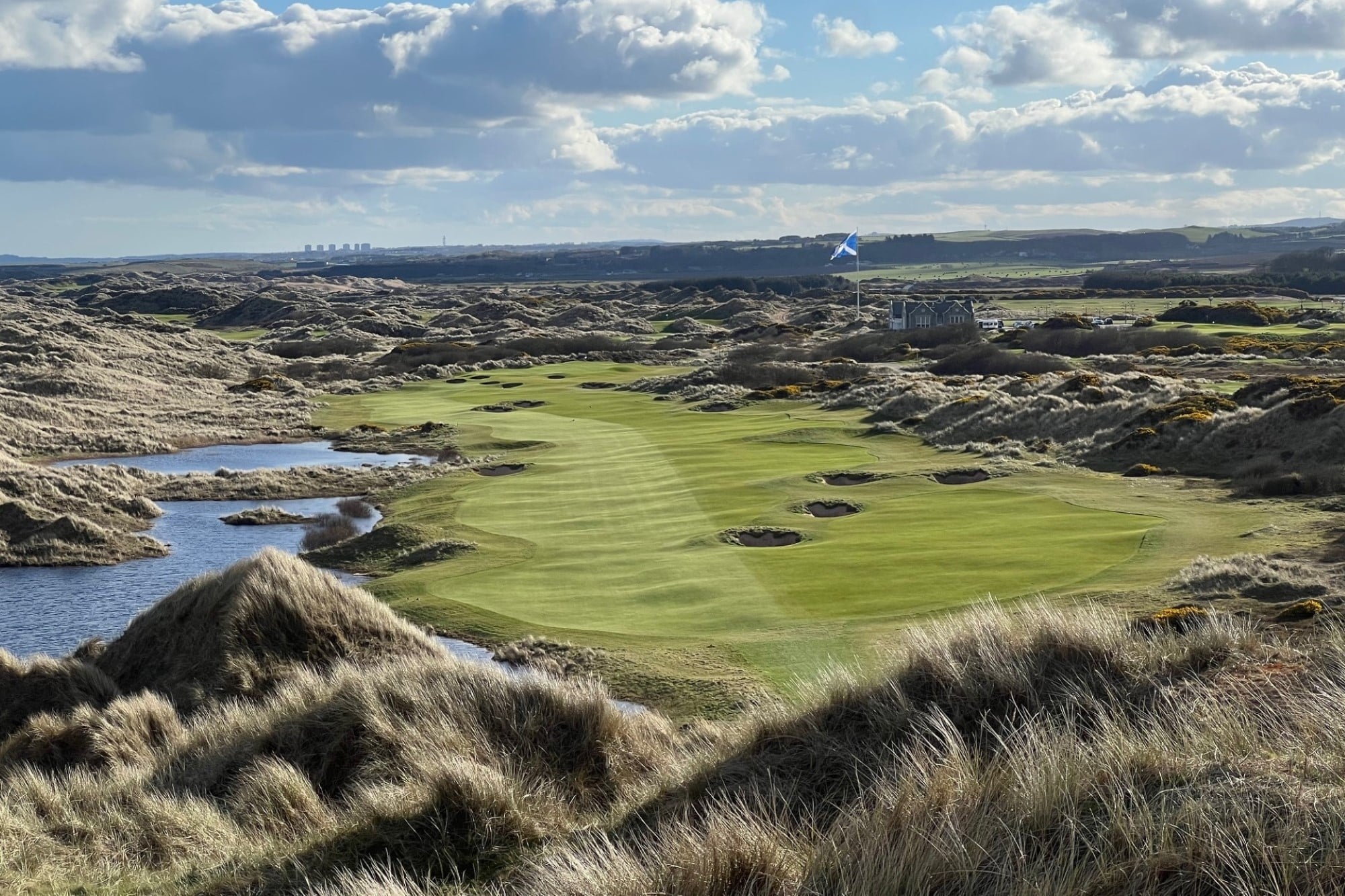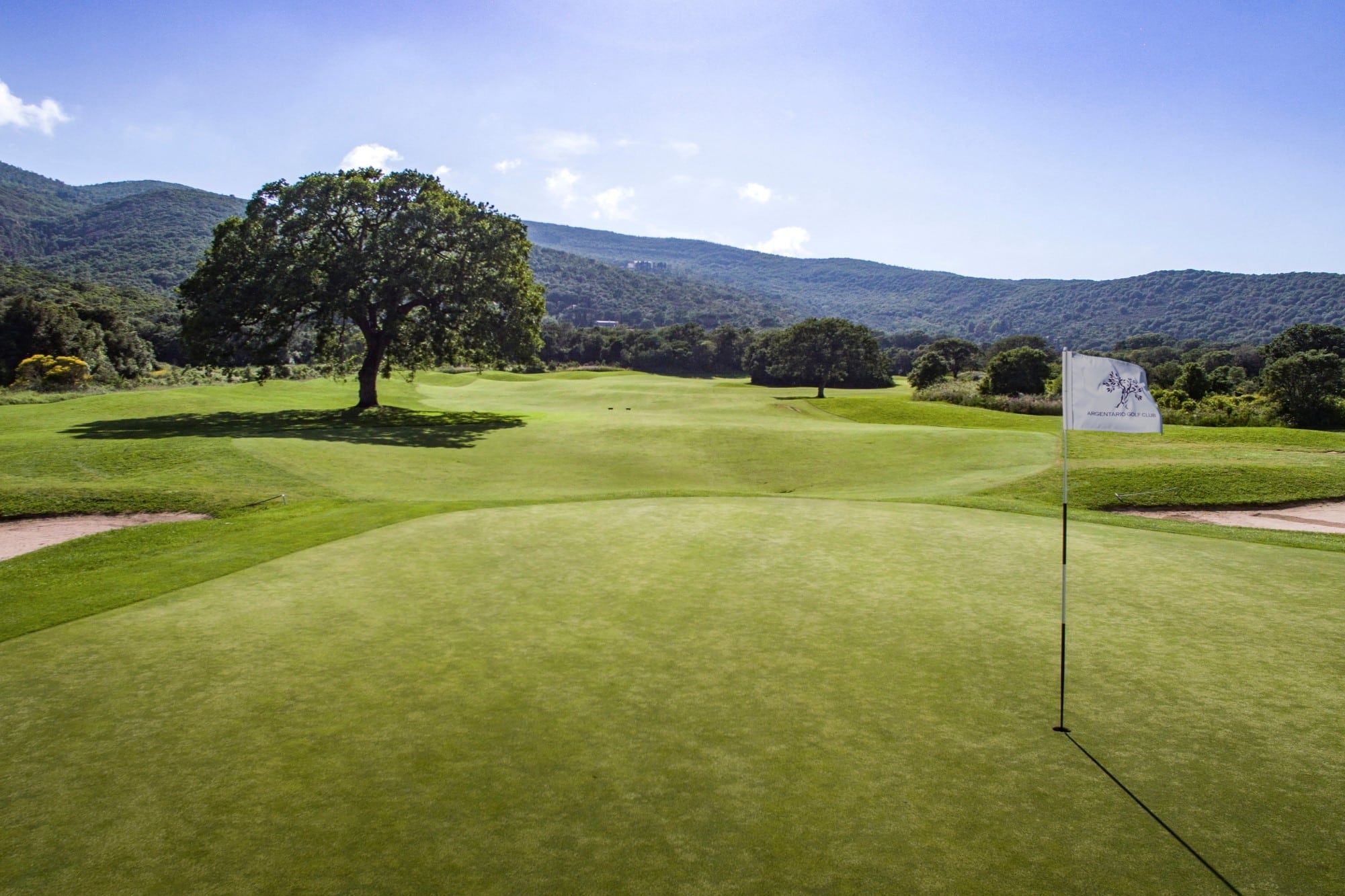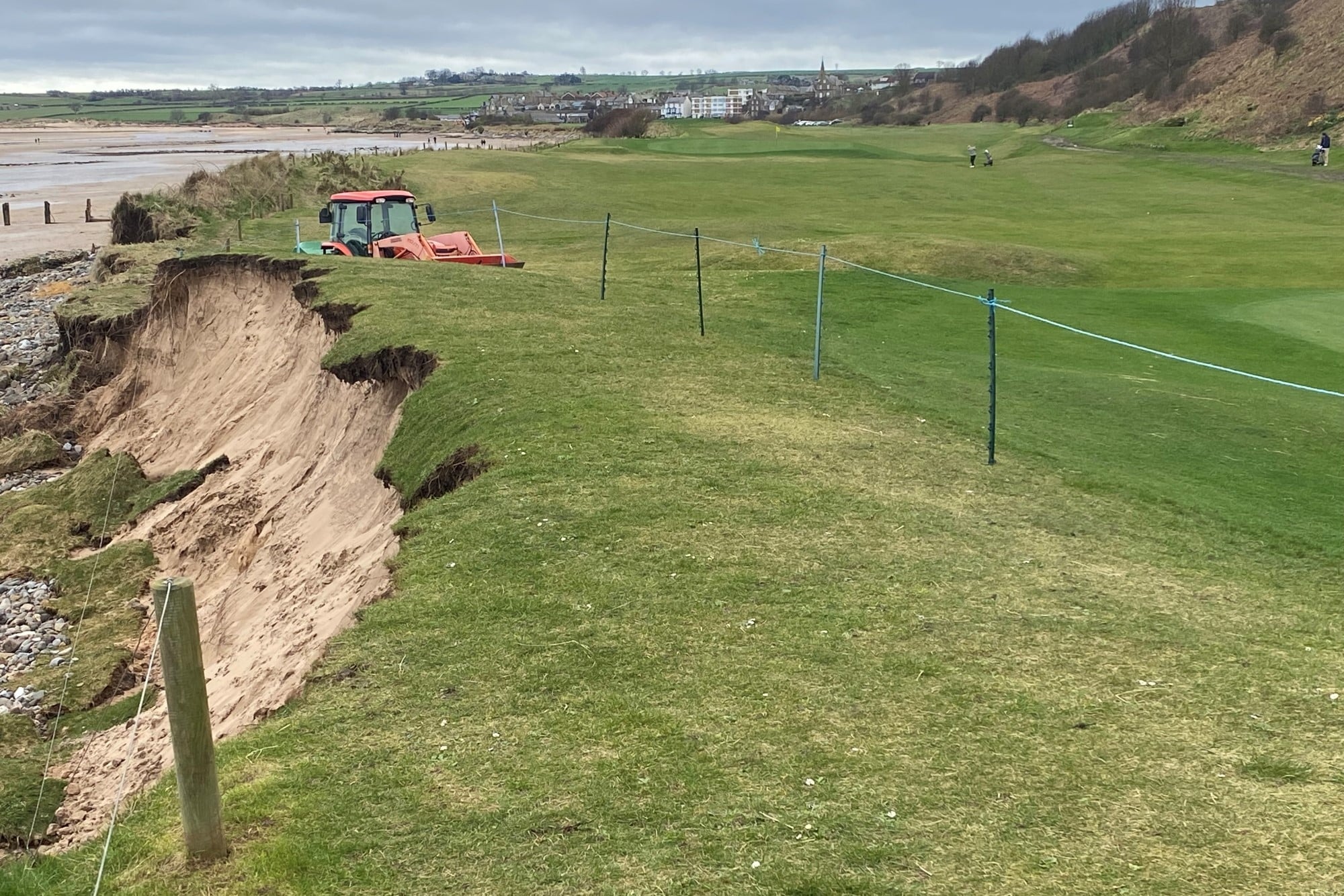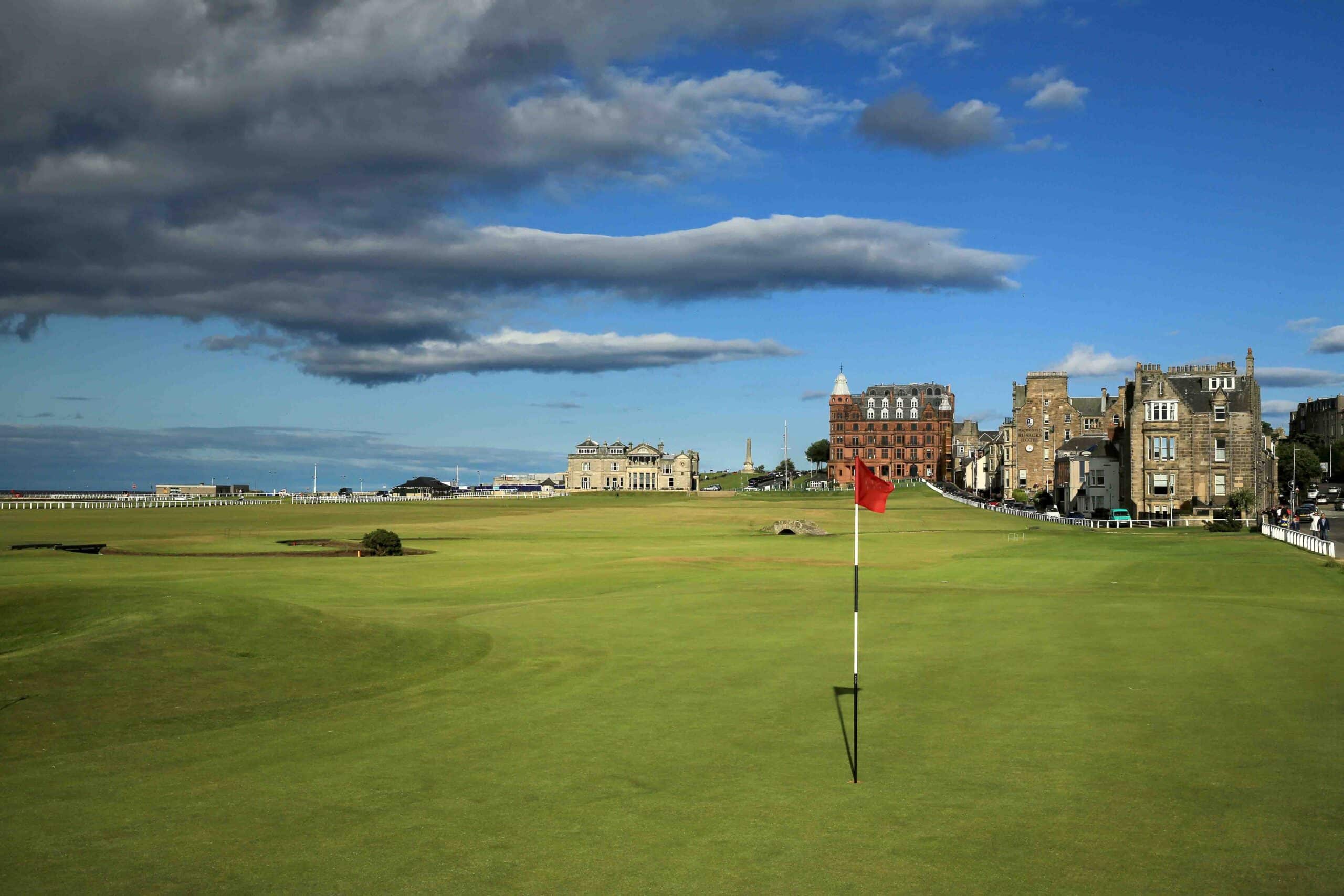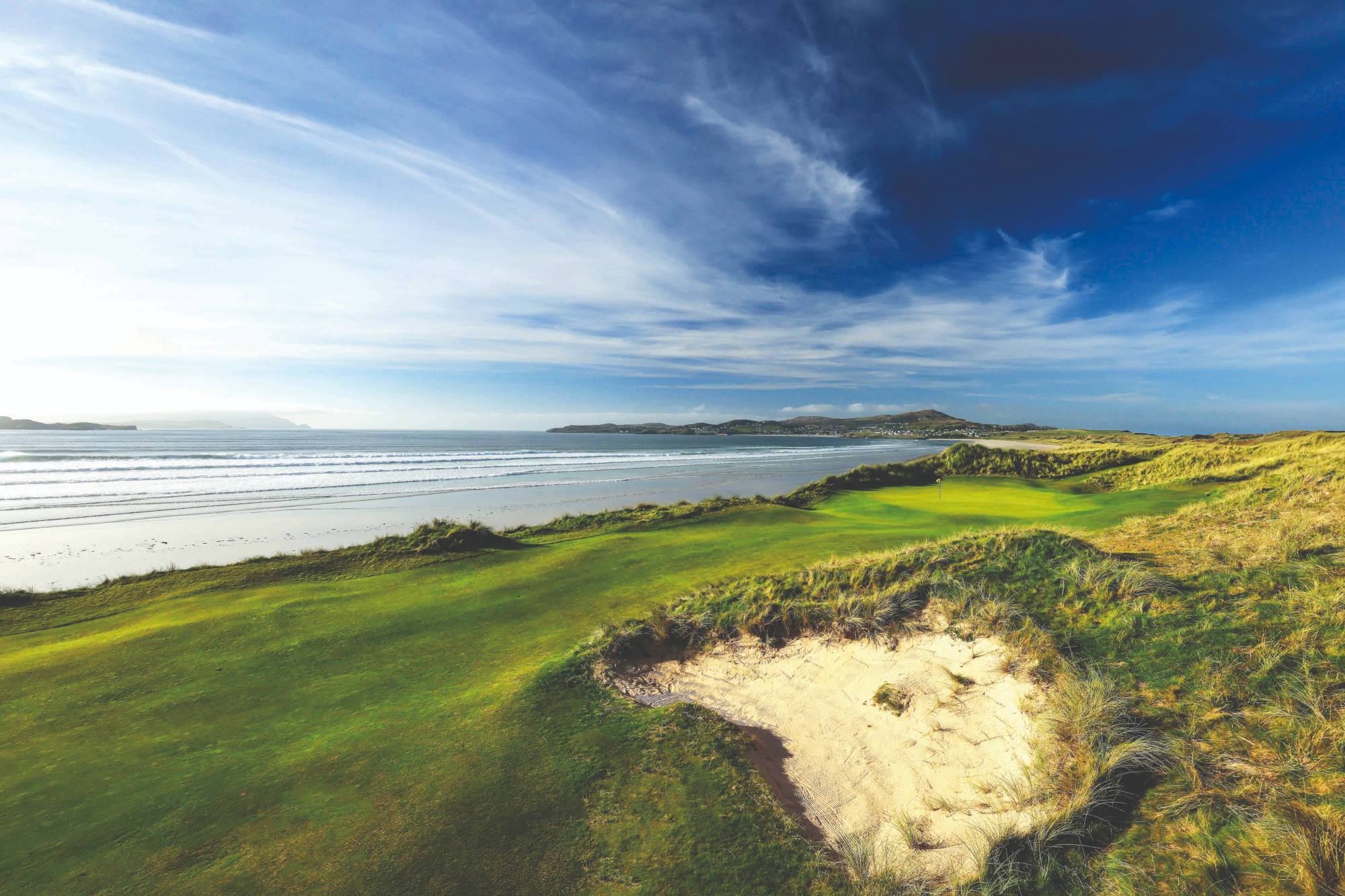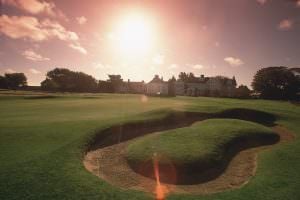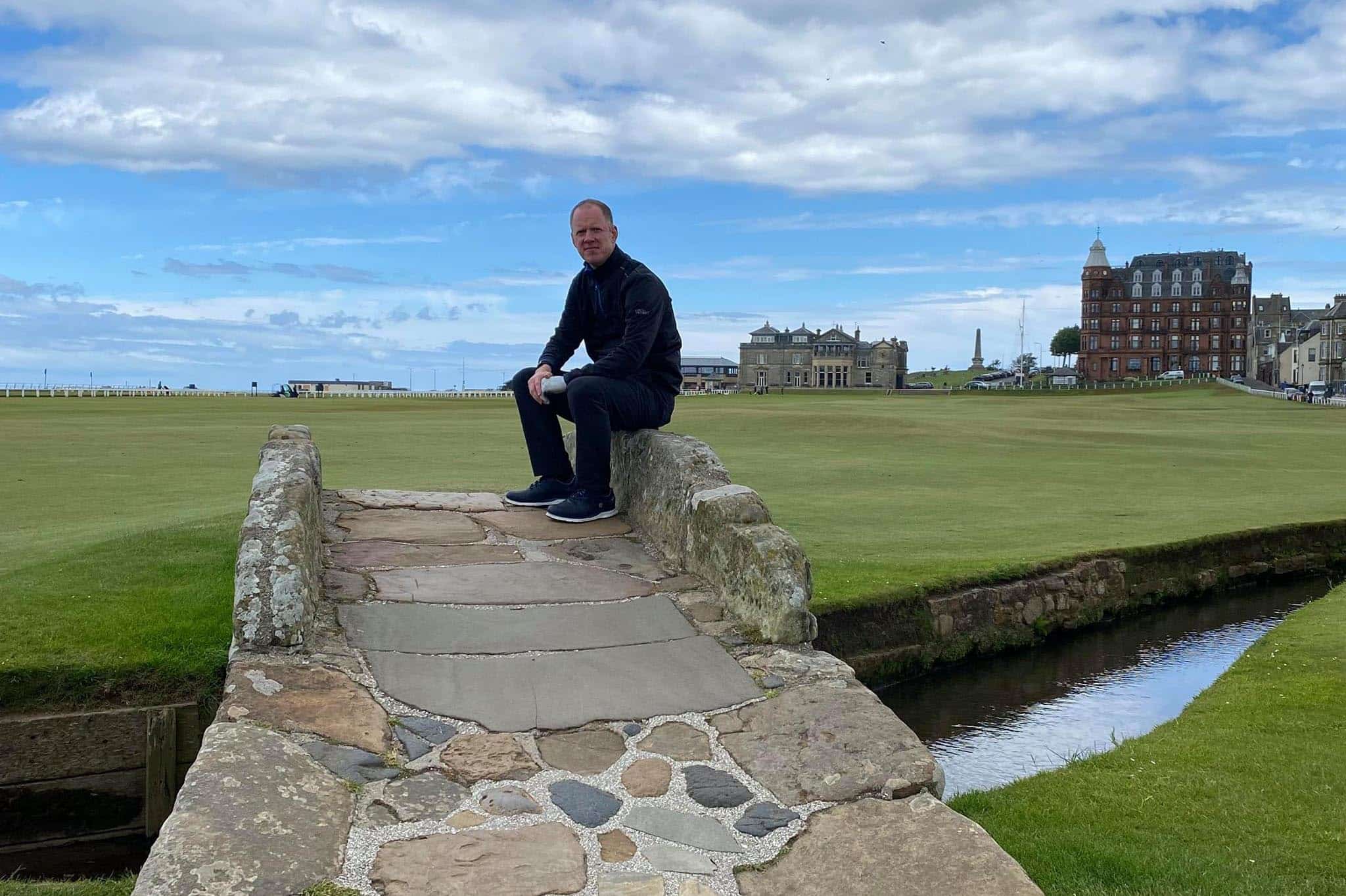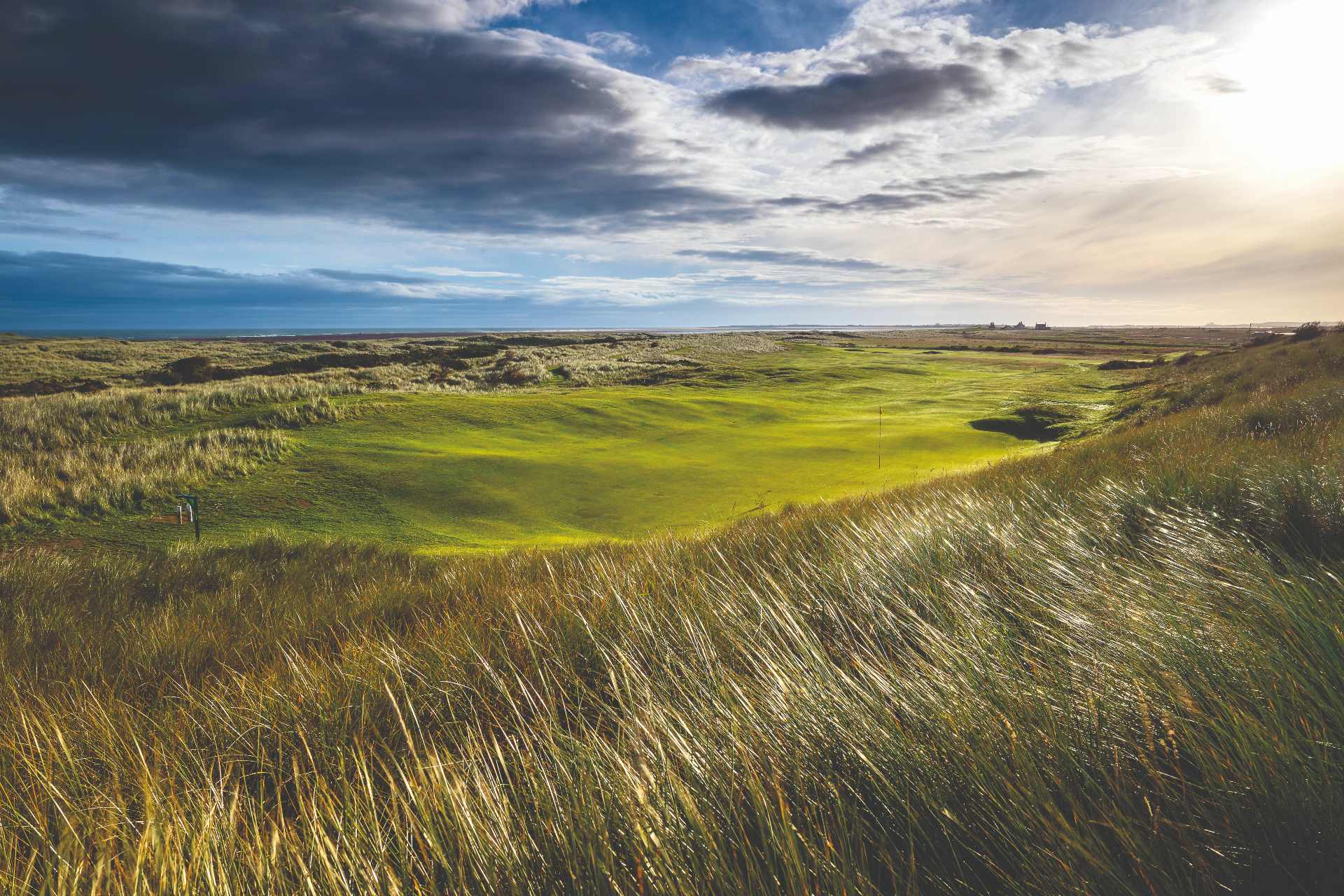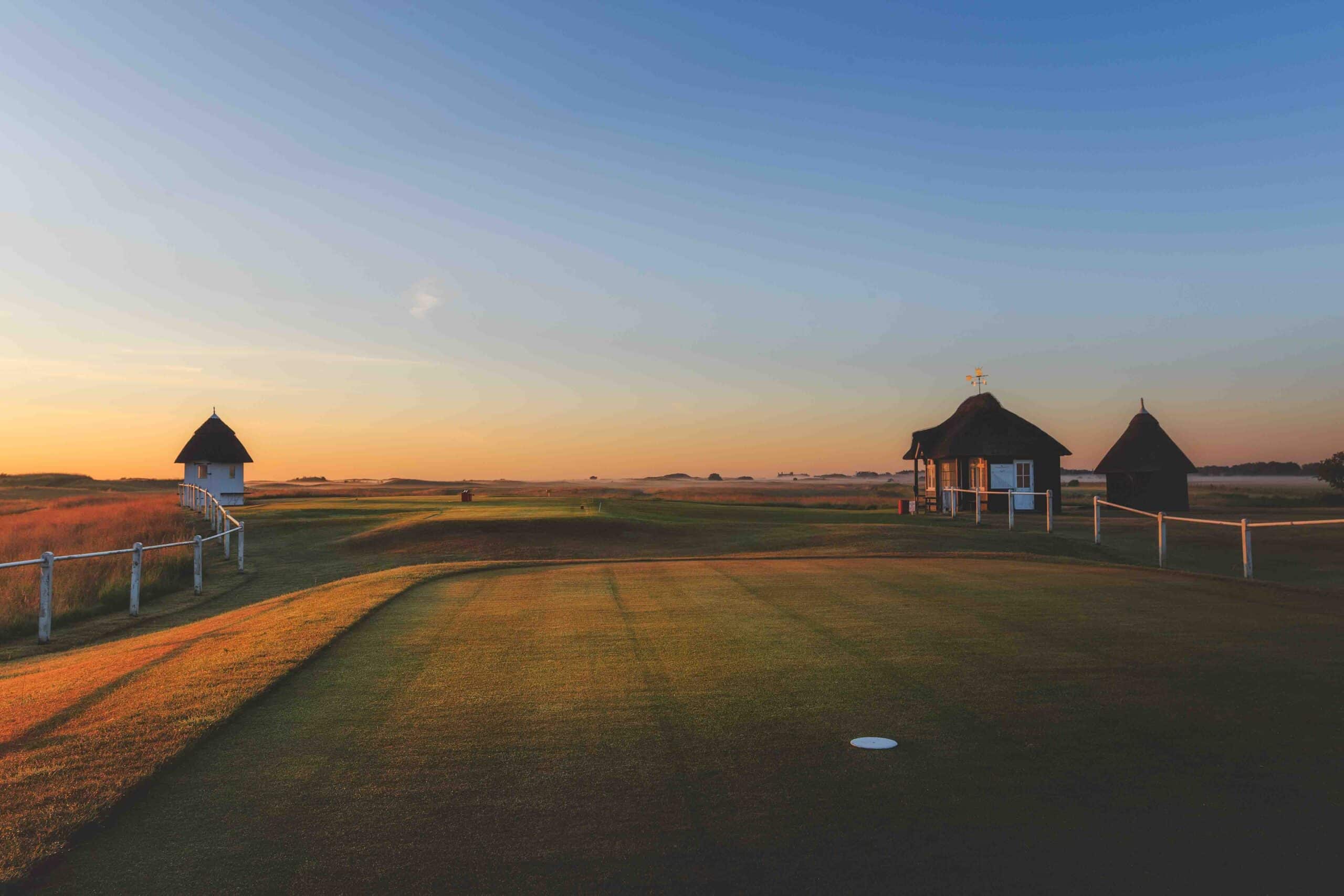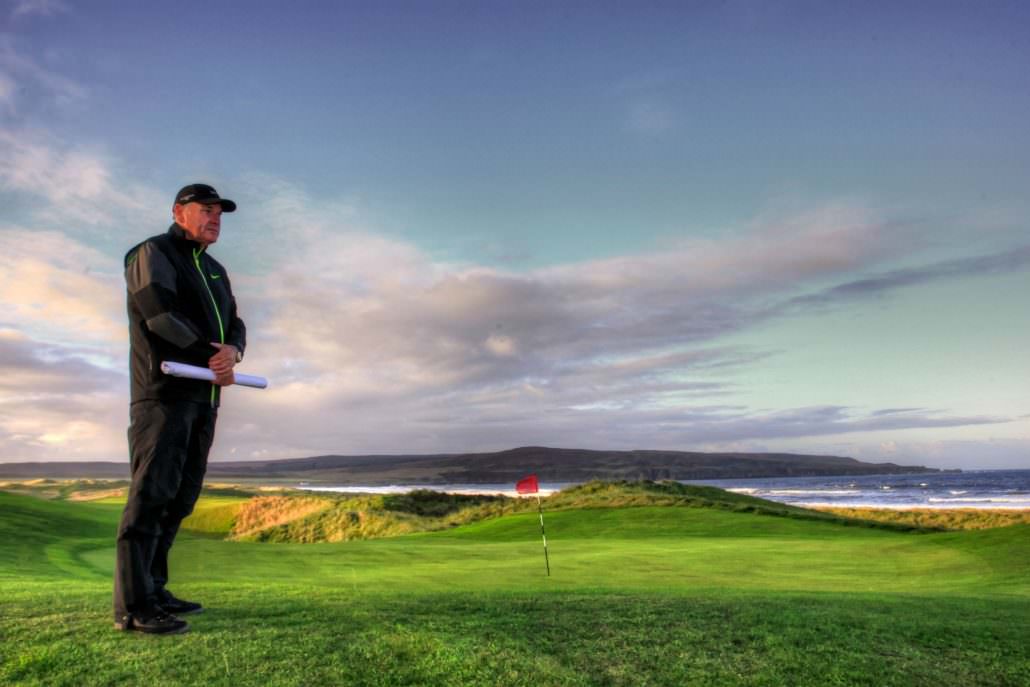
‘Length is not the answer’: Meet the brains behind the Machrie and Archerfield
What are your first memories of the game?
I started playing golf at the very young age of five with my father and grandfather at Rose Hill (Lickey Hills) in Birmingham, which is celebrating its centenary next year.
I stopped playing at the age of seven and didn’t play again until I was 13 when a friend who had been given his grandfather’s golf clubs fancied a game so we played together.
Because of my earlier experience I was so much better than he was, so I very quickly fell in love with the sport that would become my career.
Was there a big influence on you playing golf in your early years?
Playing with my mother and father taught me the etiquette of the game and respect for fellow players.
Golfing etiquette and the attitude towards to the game has become more selfish over the years.
More respect for your fellow golfers is needed – and get a move on!
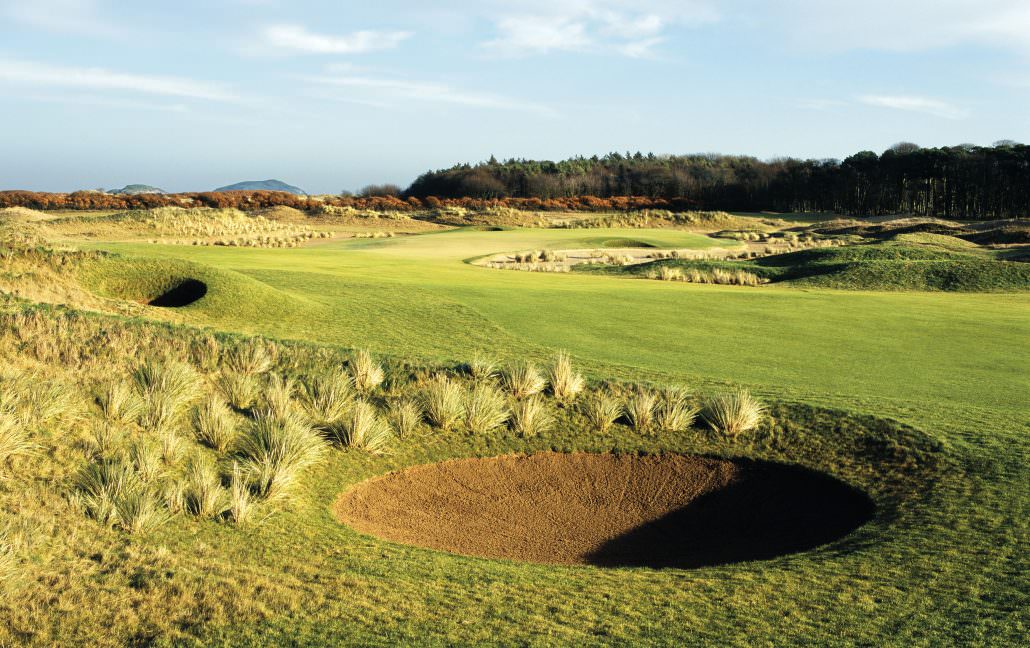
If more time was spent educating youngsters and beginners on how to behave on a golf course and how to respect fellow golfers, the game would speed up considerably.
Etiquette is the most important golf lesson you will ever have.
Was there a course or an incident in your childhood-into-teenage years that left an impression on you?
I remember vividly a eureka moment at North Worcestershire on the 2nd hole, a 220-yard par 3 that I was not able to get anywhere near reaching.
One of the older members told me to imagine in your right hand you are holding a stone that you are going to skim across the water I used this feeling and suddenly was able to generate the clubhead speed required to reach the green.
What made you decide you wanted to be an architect and how did you go about it?
In 1996 having been a European Tour player for 20+ years travelling the world playing I decided to spend more time nearer to home and took up the post of club professional at Kedleston Park, a club that I had been assistant at and represented on the European Tour.
At that time Kedleston had made the decision to rebuild all 18 greens and approaches to USGA specifications to help secure its future.
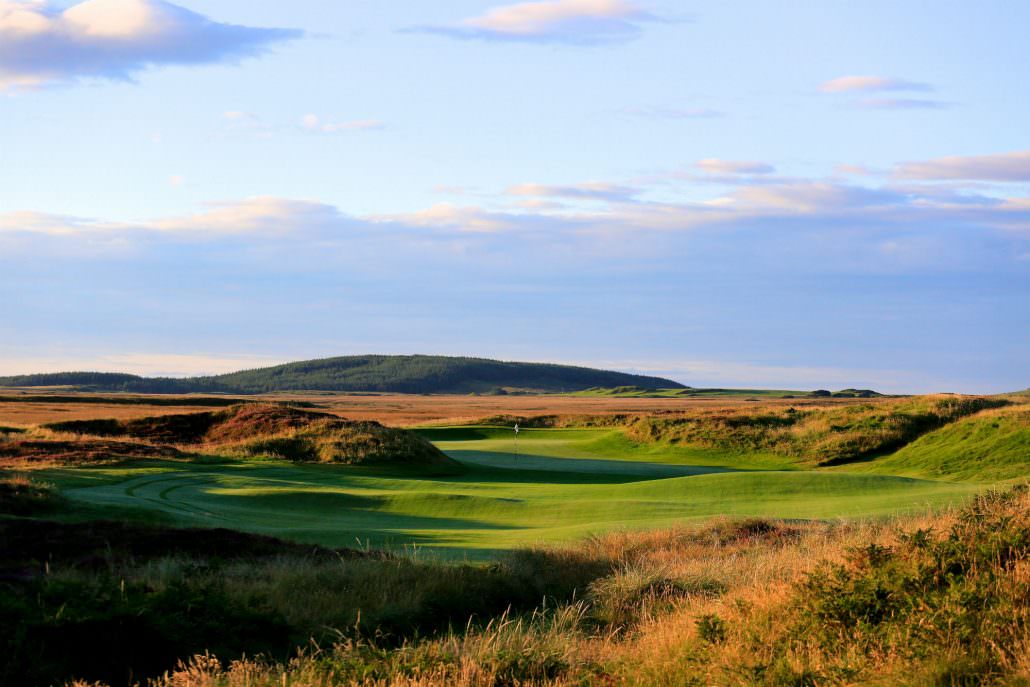
What was your first entry to the industry?
I worked closely with Ross McMurray and European Golf Design to help recreate and enhance the original golf course, an experience I really enjoyed.
At this point I had no further thoughts of a career as a course architect other than enjoying how people were reacting to the new layout at Kedleston Park.
I was very content to see out my days as the pro at Kedleston and play a few tournaments on the Seniors (Staysure) Tour.
Has there been one lucky break that really boosted your career in the early days?
As luck would have it I was approached at a Pro-Am in Barbados in 2001 by Kevin Doyle, who owned a 450-acre estate wedged between Muirfield and North Berwick.
He asked me if I would like to design two golf courses for him, a life-changing opportunity that I grasped with both hands.
I started work at Archerfield the following week. Mr Doyle gave me nine months to develop the concept, design and working drawings, which I did together with David Williams before construction started in September 2001.
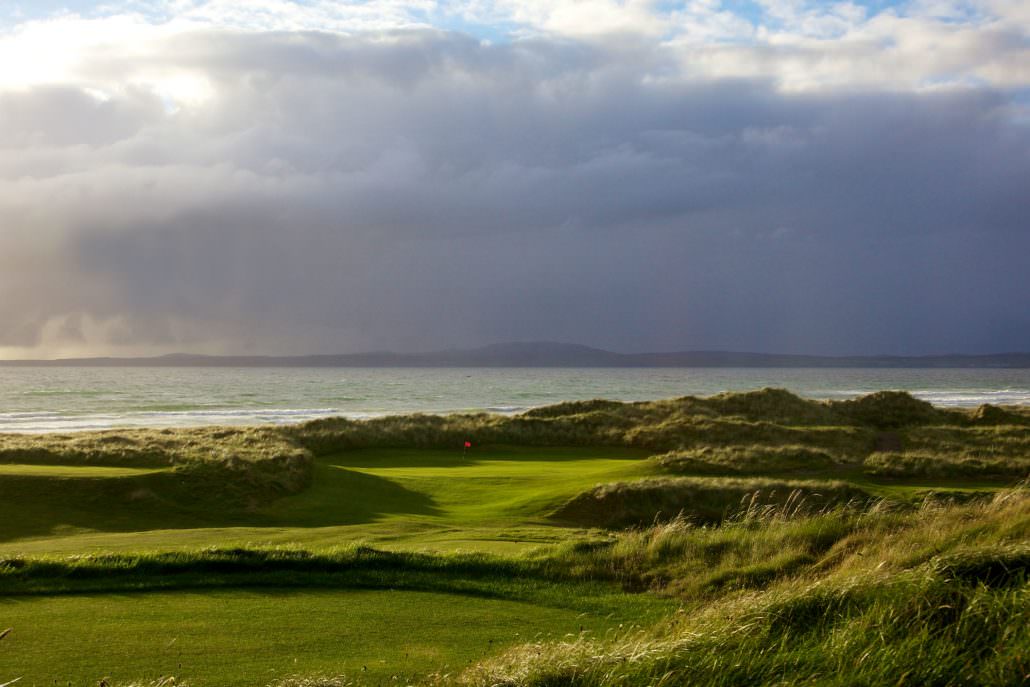
Do you look back in horror at some fledging work you did, or actually are you quite satisfied with your early days?
I am pleasantly surprised at how little has been altered from my original design at Archerfield other than a few cosmetic tweaks.
It is wonderful to see such a thriving membership enjoying playing on the golf courses I have designed.
I have also been privileged over the last eight years to have had the opportunity to completely redesign and recreate The Machrie on Islay on links land you could only dream about.
It has been a very interesting project challenged with retaining the charm whilst improving the quirkiness of the original golf course to make it more playable.
What is the one piece of design work you’d still like to do?
Modern golf courses generally have been made with only one thought to host a championship!
I believe I have an understanding of what golfers enjoy, also having played the game at the highest level what challenges great players.
Length is not the answer to everything. Subtlety and risk reward means so much more.
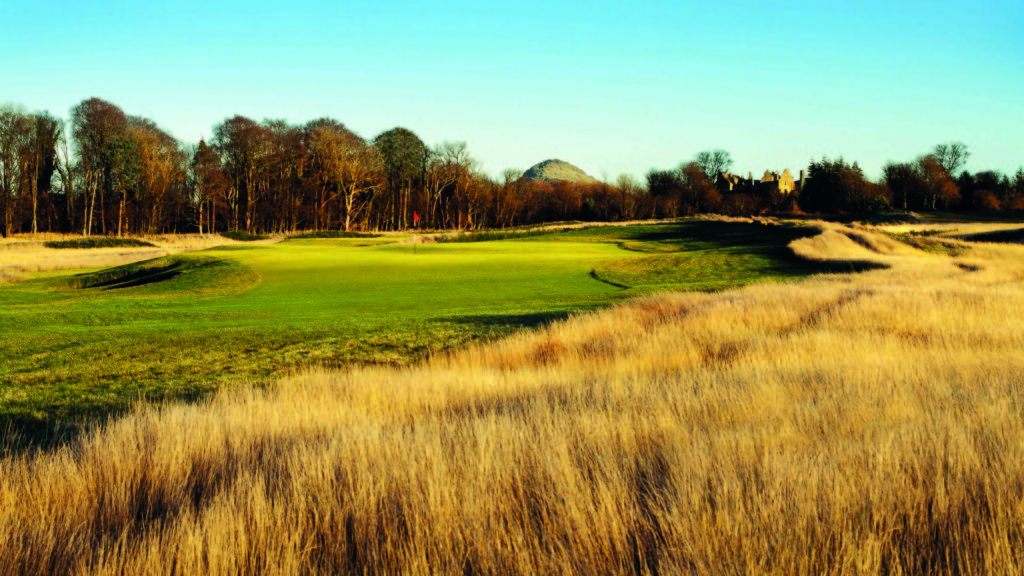
If we continue to visually overstate and extend golf courses we will destroy what the game is all about.
I was fortunate to have worked on my first two projects with Ross McMurray and David Williams, who both guided and educated me to enable me to grasp the fundamentals of what is required to deliver world-class golf courses along with my 40-year playing career, this has given me an unusual skill set.
Do you still love golf and do you still play golf regularly?
I love playing golf and have played the game throughout my life for enjoyment.
In many ways this maybe didn’t help me succeed as much as I possibly could have done professionally had I been more driven.
Golf has given me, and continues to give me, so many wonderful moments and opportunities.
How do you deal with criticism of your work?
You can’t possibly please everyone.
I hope that my golf courses are the ones that bring you back time and time again to enjoy the wonderful game of golf.
Chris Bertram
Chris Bertram is a specialist in all things golf courses.
He was born and brought up in Dumfriesshire and has been a sports journalist since 1996, initially as a junior writer with National Club Golfer magazine.
Chris then spent four years writing about football and rugby union for the Press Association but returned to be Editor and then Publisher of NCG.
He has been freelance since 2010 and spends the majority of his time playing golf and writing about the world’s finest golf courses.


